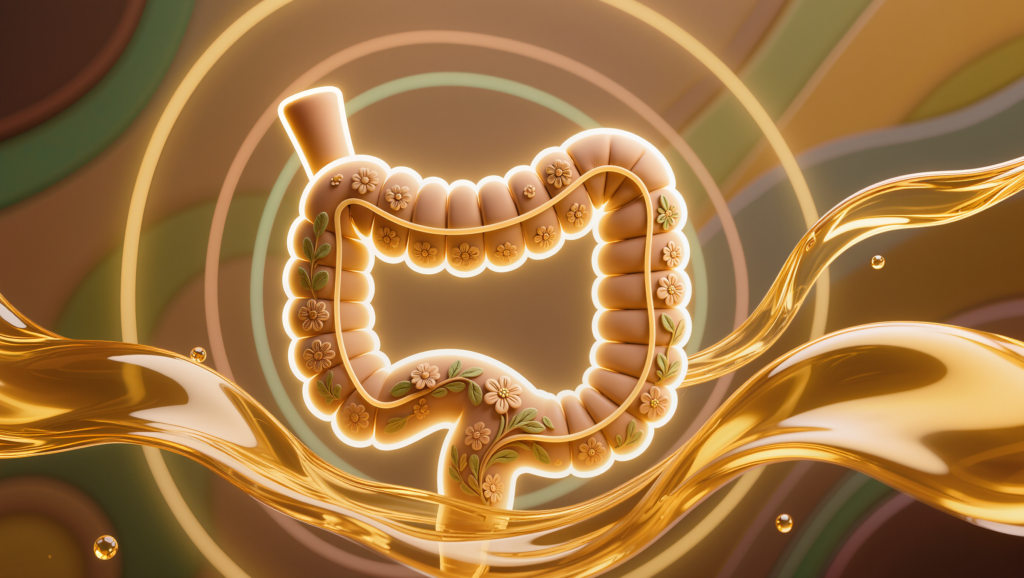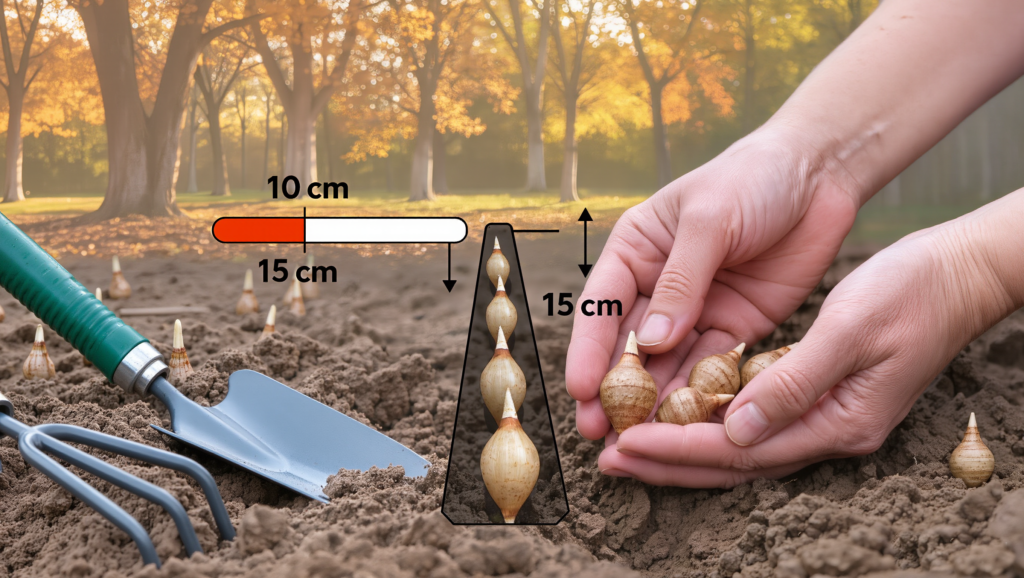If you’re at your wit’s end with indigestion—whether it’s endless bloating, gas, sluggishness, acid reflux, constipation, or a gut that just won’t settle—chances are you’ve cycled through medications, trendy diets, and endless probiotics with only fleeting relief. Enter Panchakarma, Ayurveda’s ancient yet highly detailed “reset” system, which is gaining traction as a game-changer for chronic digestive woes. Let’s demystify what Panchakarma actually is, why so many people (and now science) call it the ultimate gut reboot, and what you can expect on the journey to lasting digestive health.
What is Panchakarma?
Panchakarma—meaning “five actions” in Sanskrit—is a cornerstone of the Ayurvedic healing system, designed to detoxify, rebalance, and rejuvenate. The five actions (Vamana, Virechana, Basti, Nasya, and Raktamokshana) are tailored protocols aimed at removing accumulated toxins and restoring balance in your body and mind. While that might sound mystical, there’s a strong scientific rationale for how this can help reset the gut and digestive tract.
How Panchakarma Works: The Gut Connection
Detoxification and Gut Flora Reboot
A major driver of persistent indigestion is gut dysbiosis—an imbalance in gut bacteria that disrupts digestion, nutrient absorption, immunity, and even mood. Modern studies show that therapies like Virechana Karma and Basti (key steps in Panchakarma) can dramatically reduce problematic bacterial overgrowth, rebalance flora, and lower inflammation in the digestive tract.
- A 2020 clinical study found that Virechana purgation significantly reduced Escherichia coli colonization in patients, restoring gut flora equilibrium and triggering beneficial changes linked to reduced digestive issues and better weight control.
- By physically eliminating toxins (called “Ama” in Ayurveda), these protocols “reset” the GI tract at the microbial level—a huge deal for those with stubborn indigestion, SIBO, IBS, or long-term dyspepsia.
Stimulating Digestive Fire (Agni)
Ayurveda places digestion—Agni, or digestive fire—at the heart of all health. Weak or erratic Agni leads to poor breakdown and absorption, toxin buildup, and flares of symptoms from reflux to constipation. Panchakarma systematically:
- Cleanses and rebuilds Agni via easy-to-digest, tailored diets, ghee therapy, and supportive herbs
- Enhances nutrient absorption and elimination
- Promotes long-term metabolic balance and energy
Personalized Healing for Chronic Indigestion
Chronic digestive issues are rarely “one disease.” They’re often the result of stress, irregular routines, processed junk foods, and lingering inflammation. Panchakarma stands apart by being:
- Personalized: Treatments and dietary plans are based on your unique constitution (dosha) and symptom pattern.
- Holistic: Includes physical therapies (oil massage, steam), therapeutic purges or enemas, herbal formulas, yoga, meditation, and breathing—holistically addressing mind and body.
- Phased: Not a crash cleanse—it’s a sequenced, step-by-step process that nurtures the body back to balance, not just symptom suppression.
What Does a Panchakarma Journey Look Like?
Typical Steps
- Poorva Karma (Preparation):
- Medicated ghee, oil massages to loosen toxins
- Special light, nourishing, cooked foods to prep digestion
- Gentle yoga and breathwork for relaxation
- Pradhana Karma (Main Detox):
- Virechana (therapeutic purgation) for chronic acidity, sluggishness, or skin/gut inflammation
- Basti (herbal enemas) for constipation, bloating, or IBS-constipation type
- Vamana (emesis) in some protocols for severe mucus or upper GI congestion
- Nasya and other treatments when needed
- Paschat Karma (Restoration and Healing):
- Gradual return to normal foods
- Gut-healing herbs (e.g., Triphala, licorice, ginger, or specific formulas)
- Yoga, meditation, and relaxation to support the new internal balance
Real Results: What the Research Says
It’s not just anecdotal:
- Clinical audits in chronic indigestion (dyspepsia) show significant improvement in symptoms, even in patients who failed to respond to medications. A UK audit found that post-Panchakarma, patients reported less bloating, acid, discomfort, anxiety, and food triggers.
- Virechana and Basti, the main purgative treatments, have been shown to reduce bad gut bacteria, restore normal bowel movements, and even improve secondary issues like headaches, sluggishness, and poor mood.
- Gut flora reboot: Research confirms that Panchakarma can correct gut dysbiosis—something traditional drugs and quick detoxes rarely touch.
- Mind-body transformation: Most participants report better sleep, mental clarity, energy, and even weight management—a major bonus for anyone whose gut is linked to mood swings or chronic fatigue.
What Does Panchakarma Feel Like? Real-World Experiences
- A typical 21-day course involves challenging moments (strong emotions, fatigue, headaches during detox), but most people note a deep calm, improved energy, food enjoyment, and lightness once the process ends.
- Ayurvedic doctors adjust the program based on your progress—constant feedback and personalization are the norm.
- Many describe Panchakarma as the first intervention that “finally broke the cycle” of indigestion and its ripple effects on life, work, and mood—sometimes after decades of discomfort.
Panchakarma for Specific Gut Problems
- IBS & Constipation: Focus on Basti therapy, soothing herbal enemas, gentle diet and gradual bowel retraining.
- GERD & Acidity: Emphasizes Virechana to clear excess acid/Pitta, cooling herbs, and mind-body techniques for stress-triggered flares.
- Gas, Bloating, SIBO: Uses a mix of dietary reset, purgation, steam, and gut-calming botanicals
- Chronic Indigestion/Arjeerna: Holistic protocol proven to outdo standard meds in persistent dyspepsia.
How Diet & Lifestyle Make the Ultimate Gut Reset Stick
- Diet Reboot: Panchakarma’s signature is a simple, nourishing, dosha-specific (body-type) diet—think warm, spiced kitchari, herbal teas, and gentle soups. These meals support deep detox while rekindling Agni.
- Herbal Aids: Classic formulas like Triphala, ginger, and turmeric keep digestion strong and the gut lining healthy, maintaining results long after the retreat ends.
- Yoga & Breathing: Integrated breathwork and movement literally massage the gut, release stress, and keep digestion running smoothly.
Are There Any Downsides?
- Panchakarma should always be supervised; unsupervised “do-it-yourself” attempts can backfire, especially with chronic meds or severe illness.
- Temporary symptoms like headaches and emotional waves are common but a sign of “deep reset” rather than harm.
- Authenticity matters—seek a reputable Ayurvedic center where personalized assessment is standard, and the full protocol (not a quick spa massage add-on) is offered.
Conclusion: Panchakarma—The Ultimate Reset When Everything Else Has Failed
If indigestion is a stubborn, soul-sapping part of your life, Panchakarma offers a science-backed, deeply holistic alternative. By targeting the root causes—from gut flora imbalance to digestive fire, diet, and mind-body disharmony—this ancient system remains the gold standard for those seeking a grounded reset and lasting digestive renewal.
With expert support and a leap of faith, you might just find Panchakarma delivers the deep gut transformation that pills and fad diets can’t touch. Ready for your “ultimate reset”?
Did you find this article helpful? Support us by following us on our social media for more content on natural health and wellness:: Youtube, Instagram, Facebook, Pinterest, Twitter (X)







